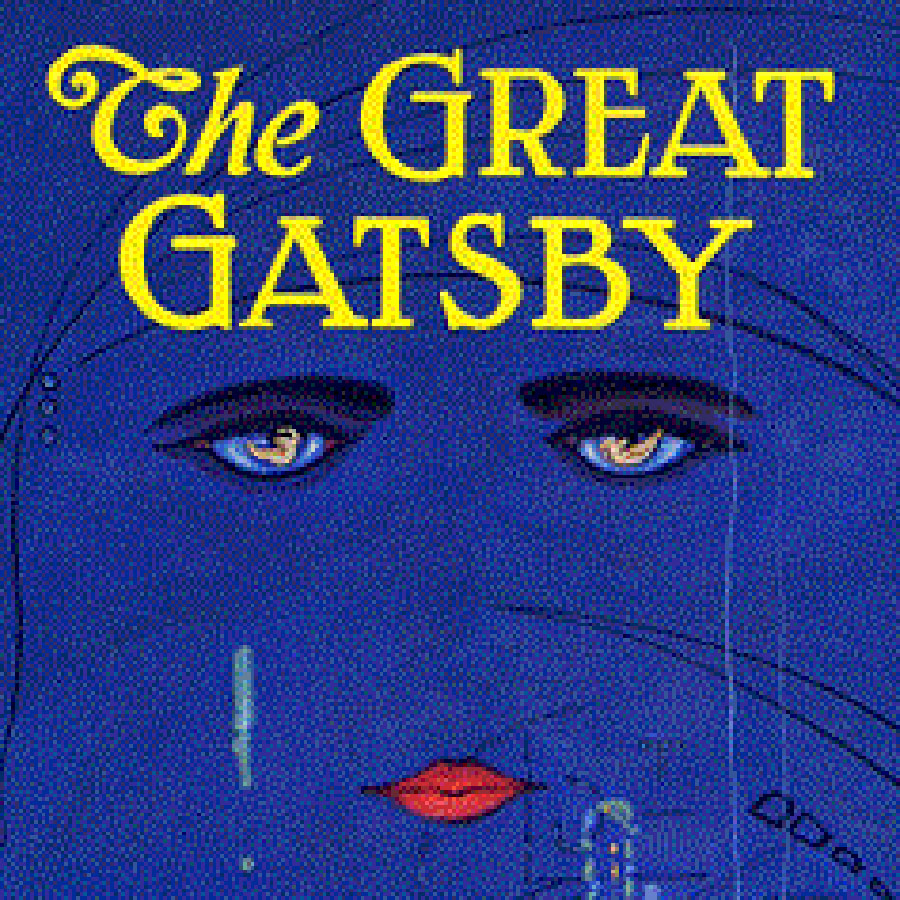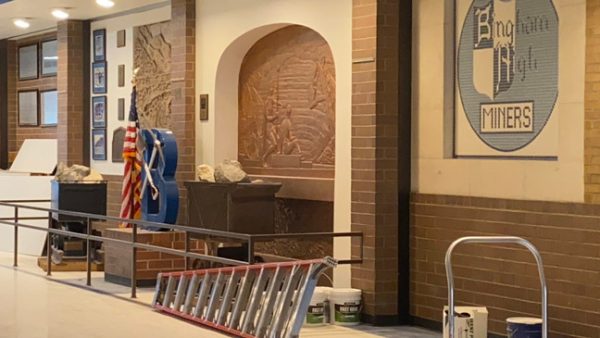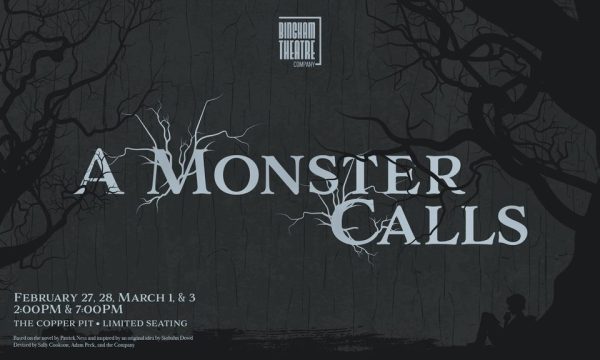Writing Flaws Flawlessly
Photo by Charles Scribner’s Sons
Often time in writing we view flawed characters negatively, but in reality, flaws are what make characters human and real.
A good story is usually defined by three things as I see it. The first is the world it takes place in, whether or not it’s believable if it’s fiction, or how well it portrays life if it’s realistic. The second is the plot. This is a big factor in the appeal of a story and contributes to the entertainment value of a story. The last one is the characters, how much we care about the characters, whether or not the characters seem believable, how they interact with each other, and what they do to progress the plot.
Characters are meant to be real people, only they’re people who exist in writing. Here’s the thing about humans: there isn’t a single person alive who is perfect. They all have their own problems, their own flaws. Those flaws are crucial to being human. If you want to accept good characters in your stories, you have to accept all the flaws that come with a good character.
One of Pixar’s rules for storytelling, compiled by storyboard artist Emma Coats, states that the audience has a greater appreciation for a character trying rather than a character succeeding. As people, we aren’t perfect, but we all strive for perfection and strive to be better. This concept of trying is just so undeniably human, and something that everyone can relate to, causing the reader to extension relate to the character even if they don’t reach their ultimate goal. Kristen Lamb, an American author, said ‘the bigger the flaw, the sweeter the victory.’ We find a bit of ourselves in the characters that sometimes fail. Characters that fall. We also want to see ourselves in them when they get back up. Hearing the successes of those kinds of people, fictional or not, is inspiring. This makes sense. The idea of characters being relatable makes sense. But the implementation of some flaws can get a little tricky.
The most difficult thing about having realistic characters in a story is that sometimes they have to have big problems. They have to have awful views. Just because a character is racist, or sexist, doesn’t mean that they’re poorly written, it just means that they still have room to grow, that they lack the perfection every single person on this planet lacks. The author is by no means saying that those qualities are excusable, or good, or even okay. But those people do exist in the world, and therefore to build good characters in a good world, you have to include them. Not all of them will get their comeuppance. Sometimes that’s just how life is because life is by no means fair. Again, this isn’t necessarily bad writing. It’s realistic writing. And sometimes it’s scary. But the flaws in our characters are what brings a story to life.
So before you go pointing out why a character is a problem, think about how a real person would act in those characters shoes. Characters aren’t meant to be some immortal soul that can stand up to any hellish monster; they’re meant to be a real person having real reactions. Tell me what you would honestly do if a giant dragon attacked you on your way home from school.

Becky Weber is a senior at Bingham High School. She is academically focused, taking a love to school....







bpetersen • Mar 9, 2018 at 8:49 pm
Thank you! I will! ?